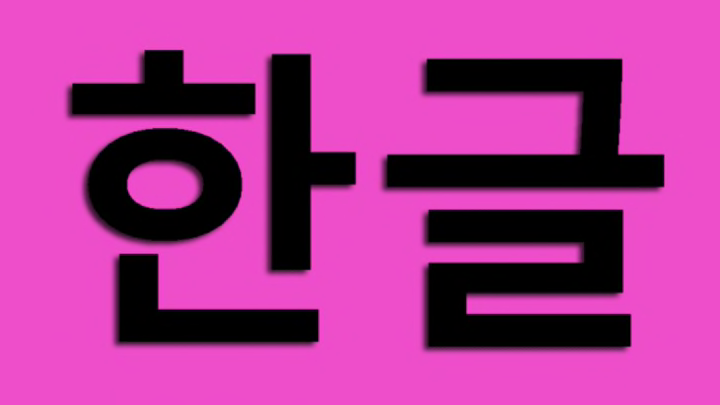Happy Hangul Day! October 9th is a South Korean national holiday held in honor of the invention of the Korean writing system, which experts have called the most “scientific” (plus the most “ingenious,” “rational,” “subtle,” “simple,” “efficient,” and “remarkable”) writing system ever devised.
It was created in the 1440s by a committee of scholars commissioned by King Sejong. King Sejong, also known as Sejong the Great, was a fervent supporter of literature, science, and technology in his day. Some 200 years before the founding of the first scientific academy of the enlightenment, Sejong convened a group of handpicked scholars for his “Hall of Worthies.” One of their major assignments was to come up with a writing system to represent the Korean language.
At that time, Korean was written with Chinese characters. Learning to use Chinese characters, along with the adjustments required in adapting them to the Korean language, was an arduous process, requiring years of education and training. This meant that literacy was only available to a tiny elite. Sejong wanted to open literacy to the general population, but that would require a system that was easier to learn.
The system Sejong’s worthies devised used a combination of alphabetic and syllabic approaches. There were independent symbols for consonants and vowels, but they were grouped into syllables when written. You can see this in the modern form for the word “hangul” (pronounced ‘hangeul’):
Each syllable is grouped into a square character
한 (han) 글 (geul)
Each of those characters is composed of symbols for individual sounds
ㅎ h + ㅏ a + ㄴ n = 한 (han)
ㄱ g + ㅡ eu + ㄹ l = 글 (geul)
The system provides a simple, compact packaging of information, easy to read and to learn. According to the postscript of the original description of hangul, "a wise man can acquaint himself with them before the morning is over; a stupid man can learn them in the space of 10 days."
What makes the system especially scientific is that it only distinguishes those sounds which are important for the language. Its symbols reflect psychologically relevant features. For example ㄱ g and ㅋ k are basically the same sound, a consonant formed by a closure at the back of the mouth, except that there is a stronger burst of air with the k. (This distinction holds in English as well. Try pronouncing them one after the other.) In hangul, they are also the same symbol, with the air-burst difference represented by an additional line. The same kind of difference holds between ㄷ d and ㅌ t. They are both formed by contact between the tongue and area behind the upper teeth, but t has a stronger burst of air, which is represented by the same extra line in the symbol. Other distinctive features of the language are represented with similar consistency.
Unlike most writing systems, which developed over long periods of time and took on various inconsistencies in the process, the hangul system was consciously engineered and handed down all at once by a royal proclamation in 1446. The date of that proclamation, October 9th, became a national holiday in 1945 (North Korea celebrates it on January 15th, which is considered the creation date). In 1991, because of economic concerns about workers having too many days off, the holiday was eliminated.
But in 2013, for the first time in 22 years, Hangul Day was reinstated as a national holiday. Celebrate by learning to read hangul. You can also play with this hangul generator, but if you use it to see how you might write your name, please do not run off to the tattoo parlor with the result. The proper use of hangul requires a proper knowledge of Korean, the language for which it was specifically, and quite perfectly, designed.
